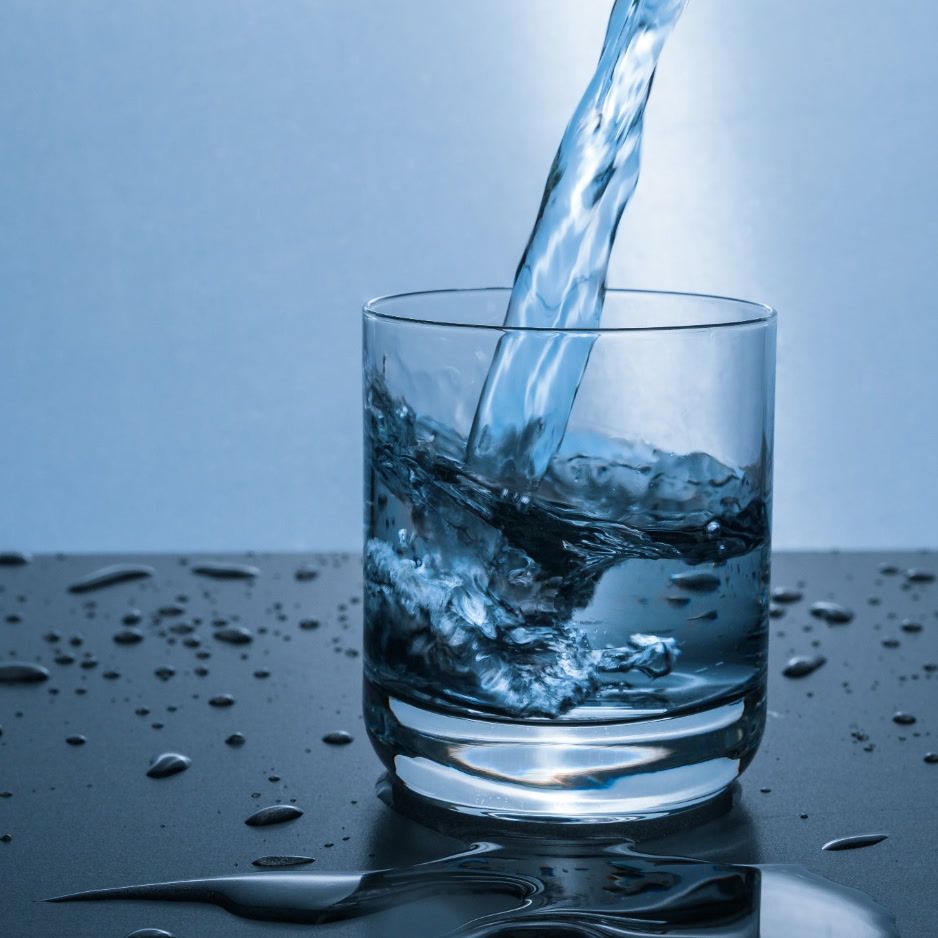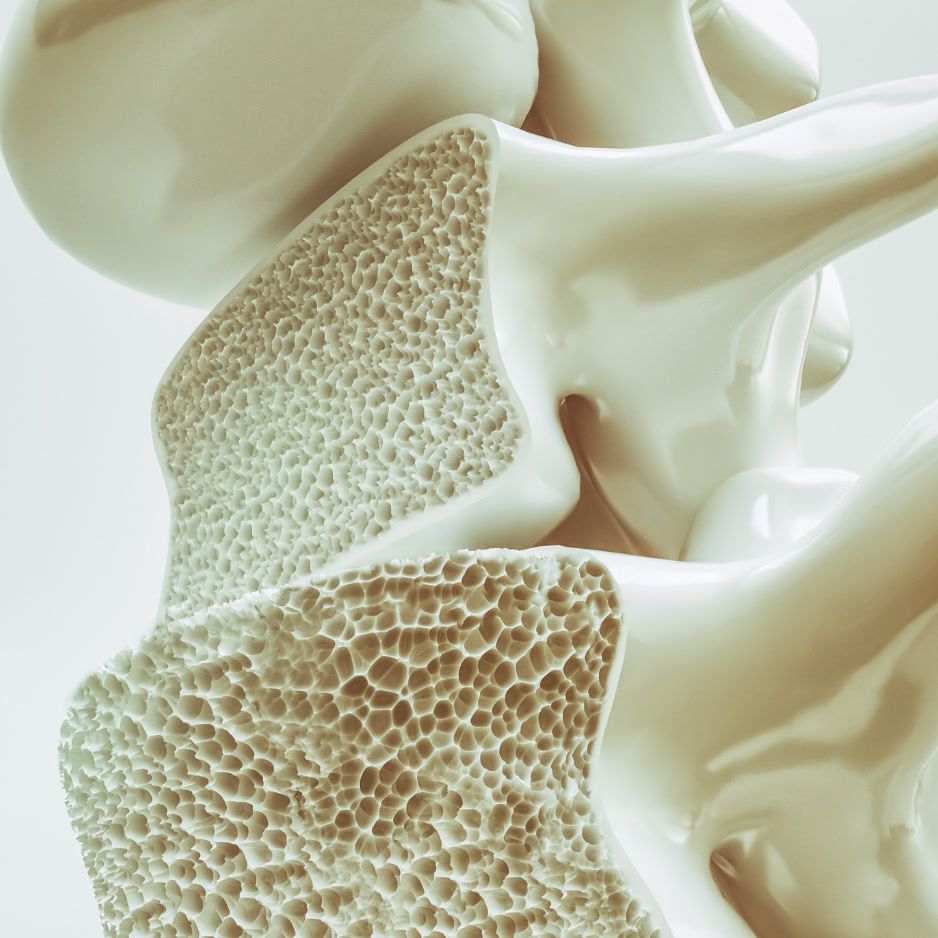Best Magnesium for Muscles: Forms, Benefits, and Dosage Guide
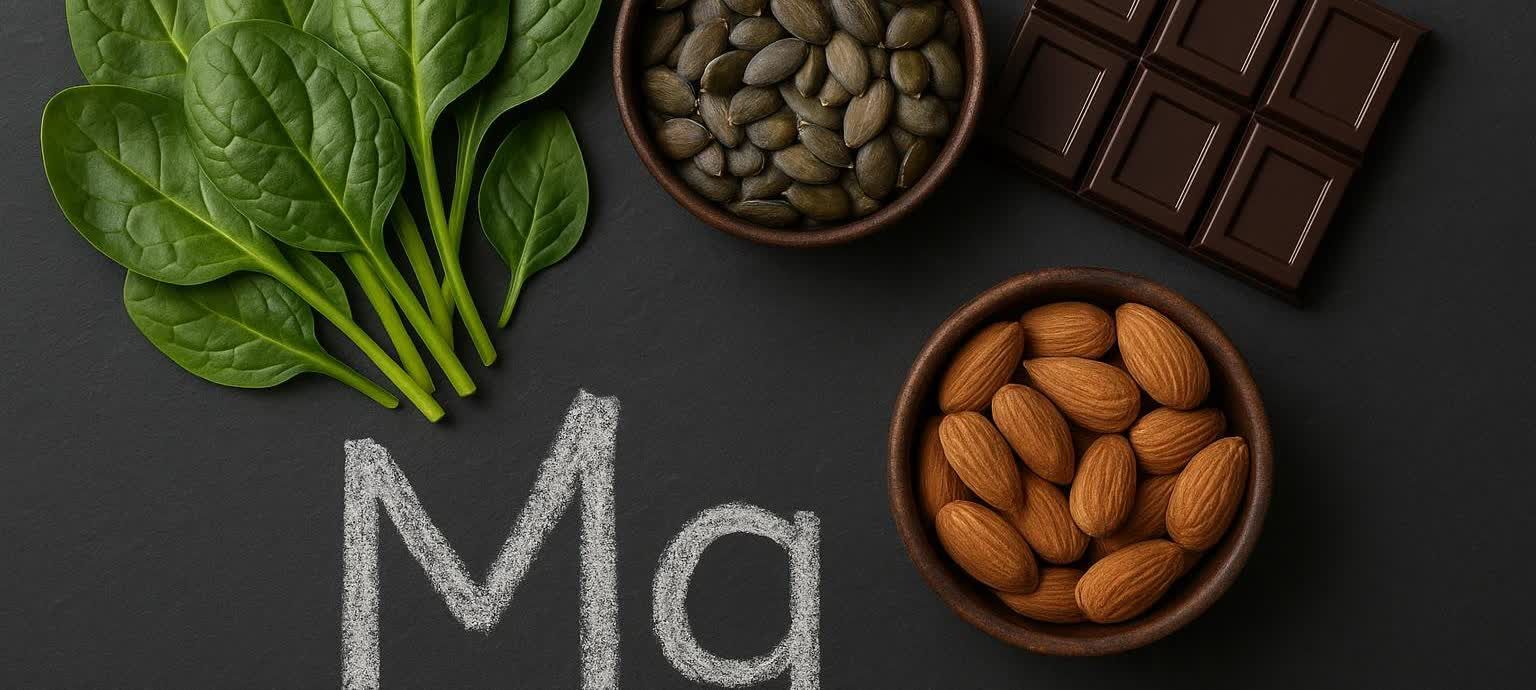
Best Magnesium for Muscles: A Guide to Forms & Doses
Persistent muscle soreness after tough sessions or sudden nighttime calf cramps can stall progress and sap motivation. If you’re looking for the best magnesium supplement for muscles, this evidence-backed guide explains how the mineral supports recovery, which forms are most effective, and how to fine-tune your dose for your training goals.
Why Magnesium Matters for Muscle Function
Magnesium participates in more than 300 enzymatic reactions—but three pathways put it on every athlete’s radar:
- Energy (ATP) production. Magnesium stabilizes ATP, the cell’s energy currency, so your muscle fibers can fire repeatedly during a set.
- Neuromuscular signaling. It acts as a natural calcium blocker that prevents excessive contraction and allows full relaxation between reps.
- Electrolyte balance. Along with sodium, potassium, and calcium, magnesium keeps action potentials flowing and cramps at bay.
Roughly 48% of Americans fall short on dietary magnesium, according to national survey data (NIH Office of Dietary Supplements). Low levels can present as weakness, muscle twitches, or full-blown cramps.
Deficiency Red Flags

- Frequent calf or foot cramps
- Prolonged DOMS (soreness lasting > 72 hours)
- Fatigue that lingers despite adequate sleep
- Heart palpitations or elevated blood pressure
If these ring true, step one is bloodwork with your physician. Step two is dialing in both food and supplements.
Magnesium Forms Compared
Not all magnesium pills are created equal. The mineral must break away from its “carrier” molecule and survive stomach acid before your intestines can absorb it. Bioavailability studies consistently show that organic salts—citrate, glycinate, and malate—are significantly more absorbable than magnesium oxide.
| Form | Bioavailability | Muscle-Specific Evidence | Common Side Effects | Frequently Chosen By |
|---|---|---|---|---|
| Magnesium citrate | High | Small RCTs show fewer nocturnal leg cramps and reduced DOMS | Loose stools at > 400 mg | Athletes prone to constipation + cramps |
| Magnesium glycinate | High | Limited but promising data show improved sleep and subjective recovery; more studies needed | Minimal GI upset | Evening recovery & relaxation seekers |
| Magnesium malate | Moderate–high | Involved in the Krebs cycle for energy production | Rare GI discomfort | Endurance athletes during heavy mileage |
| Magnesium chloride | Moderate | Shown to raise serum magnesium efficiently | Mild laxative effect | Individuals correcting deficiency |
| Magnesium oxide | Low (~4%) | Little evidence for muscle relief (Cochrane review) | Bloating, diarrhea | Budget users needing antacid effect |
| Magnesium sulfate (Epsom salt) | Variable (topical) | Traditional soak; skin-absorption evidence is weak | Dry skin if overused | Short post-race baths |
What Does the Research Say About Soreness & Cramps?
- A 2020 double-blind trial gave recreational lifters 350 mg magnesium (citrate) daily for 10 days. DOMS ratings dropped 16% at 24 hours and 26% at 48 hours post-workout versus placebo.
- A Cochrane meta-analysis of nine RCTs on nocturnal leg cramps found mixed results. It was marginally helpful in pregnant women but inconclusive in older adults.
- In a small study of 24 triathletes published in the Journal of Exercise & Nutrition, a magnesium-rich electrolyte drink led to 54% fewer exercise-induced cramps compared with water alone.
Bottom line? Evidence is mixed but leans positive—especially for well-absorbed forms and when baseline intake is low.
How Much Magnesium Do You Need?
| Group | RDA (mg/day) |
|---|---|
| Adult men | 400–420 |
| Adult women | 310–320 |
| Athletes with heavy sweat loss | RDA + 10–20% |
Upper limit from supplements: 350 mg/day to avoid diarrhea (NIH).
Tips for Optimal Absorption
- Split doses. 200 mg a.m., 200 mg p.m. improves uptake and reduces laxative risk.
- Take with food to aid absorption, but avoid high-phytate meals (e.g., unsoaked grains) that can chelate minerals.
- Pair with vitamin D—adequate D status increases intestinal magnesium transport.
Choosing the Right Magnesium for Your Goal
Always consult a qualified healthcare professional before starting any new supplement protocol, especially if you have medical conditions or take prescription medications.
Post-Workout Recovery

Glycinate’s gentle GI profile and possible sleep-support benefits make it a popular consideration among high-volume lifters aiming to maximize overnight muscle repair. Many athletes look for third-party certification (NSF or USP) and target a daily elemental intake in the 200–400 mg range, split into two servings.
Nighttime Cramp Management
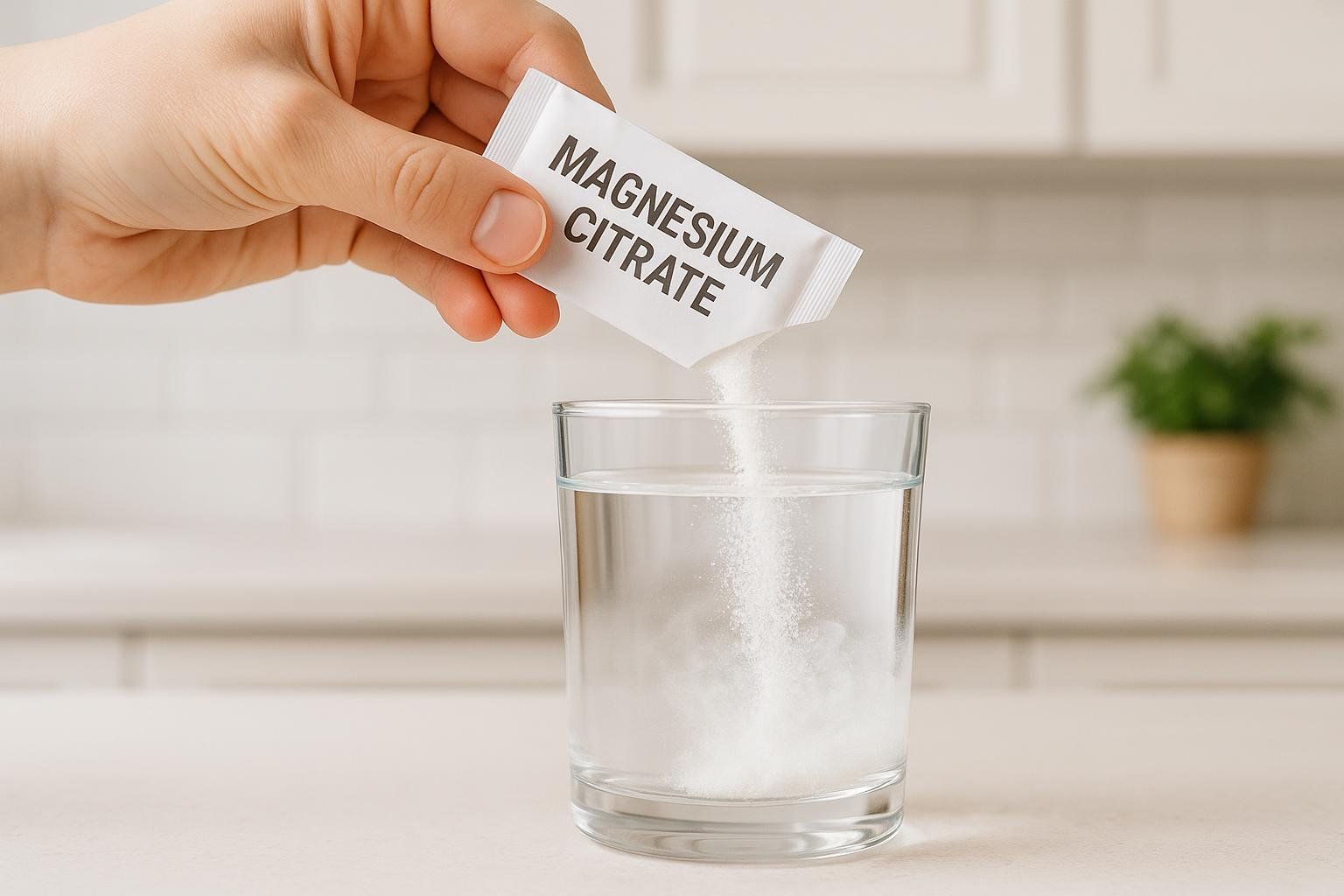
Because citrate dissolves rapidly and is well absorbed, active adults who struggle with nocturnal calf spasms often explore a powder delivering about 300 mg elemental magnesium taken an hour before bed. Choosing a low-sugar, third-party-tested product adds an extra layer of quality assurance.
Endurance Training Support
During long mileage blocks, endurance athletes may favor malate in effervescent tablet form (≈ 250–300 mg) paired with sodium and potassium. Malate participates in aerobic energy production, while added electrolytes replace minerals lost through heavy sweat.
On-the-Go Convenience
Travelers seeking consistency sometimes opt for single-serve chloride stick packs (~ 200 mg) that mix into any beverage. Chloride offers solid absorption, and TSA-friendly packaging keeps routines intact across time zones.
Label Hack: Always verify “elemental magnesium” on the supplement facts panel—this number tells you how much actual magnesium you’re getting, not the total pill weight.
Boost Magnesium Naturally: Food First
Magnesium-rich foods should form the foundation of your intake. Values below come from the USDA FoodData Central database.

| Food | Serving | Magnesium (mg) |
|---|---|---|
| Pumpkin seeds | 1 oz | 168 |
| Almonds | 1 oz | 80 |
| Spinach (cooked) | ½ cup | 78 |
| Black beans (cooked) | ½ cup | 60 |
| Dark chocolate (70–85%) | 1 oz | 64 |
Pro tip: Blend spinach, almond butter, and dark-chocolate protein in a smoothie for a 200 mg edible magnesium bomb.
Side Effects & Medication Interactions
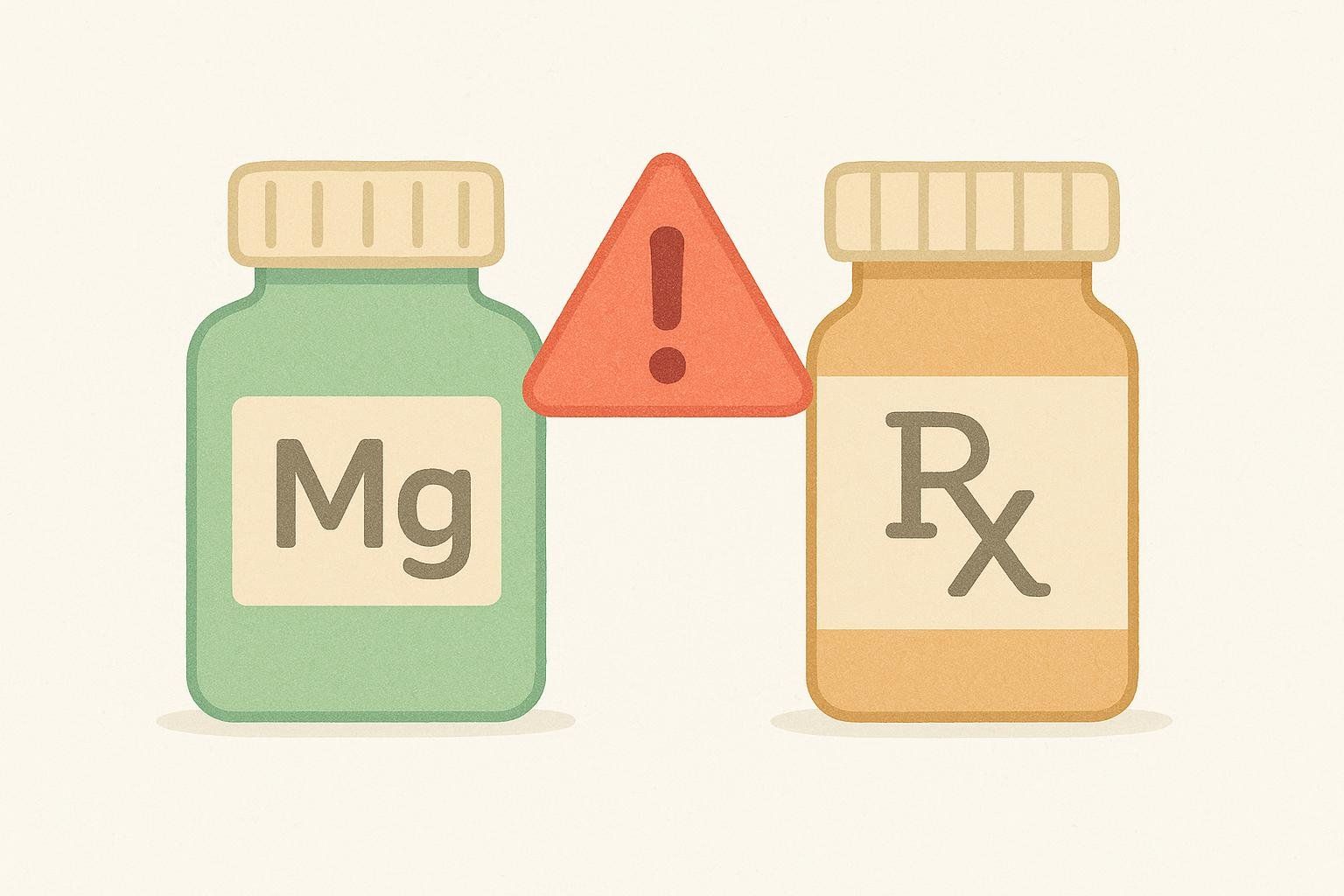
High-dose supplements can trigger urgent bathroom trips, and magnesium may impair absorption of certain antibiotics (tetracyclines, fluoroquinolones) if taken simultaneously (NIH).
Check with your doctor if you take diuretics, proton-pump inhibitors, or have kidney disease.
Measure Recovery Gains with BodySpec
Nothing motivates like data. Regular DEXA scans quantify lean-mass trends so you can determine whether your supplement strategy correlates with more muscle and less fat. Explore specifics in the causes and prevention of muscle soreness.
Hydration matters too—check out our primer on electrolytes and performance to keep sodium-magnesium-potassium ratios on point.
Ready to see your numbers? Book a scan at a BodySpec truck near you and turn insights into action.
Key Takeaways
- Aim for 310–420 mg magnesium daily from food plus supplements.
- Choosing the best magnesium supplement for muscles means matching the form to your goal: glycinate for recovery, citrate for cramps, and malate for endurance.
- Citrate, glycinate, and malate show the best combo of absorption and muscle benefits.
- Clinical evidence suggests 10–25% reductions in cramps and DOMS with ~300 mg/day.
- Stick with third-party-tested brands and split doses to dodge digestive distress.
- Track progress with BodySpec DEXA scans and adjust your recovery plan accordingly.
Smart supplementation can help you train hard, recover fully, and keep muscle cramps in check—so you spend more time moving forward and less time sidelined.

